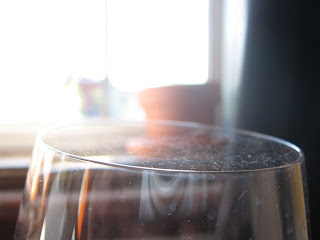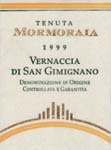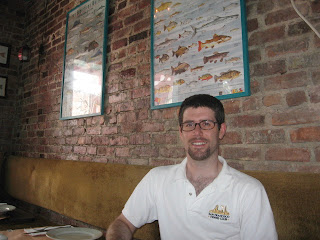Summer is over; so too is this picnic wine: Returning the Frescobaldi Albizzia Chardonnay Toscana 2005
[This post was scheduled to appear at the outset of the Labour Day weekend rather than at its close and will soon be is now timestamped to indicate its intended publication date -- a date now irrevocably beyond reach, on the other side of summer, that place of sunshine and happiness, of distant memory, and of forgotten joy -- because on the morning of Tuesday, September 4, only the blogosphere offers an escape from a reality which seems a little too harsh and unforgiving: Pre-dating your blog entries is an attractive opportunity to live in denial and pretend that you are actually looking forward to getting up the next morning. -Ed.]
Like the summer whites you fold up and stow away at the back of the closet after Labour Day, some excellent picnic wines emerge from summer appearing to be past their best-before expiration date.
Unlike those eggshell clam diggers you hole up for next year, you can't hold off for next year by storing picnic wines like the one shown above. The reason why is more than the fact that they're not in season anymore. They've seen their time in the sun and then some. I mean to say that they've peaked. They're past it.
You've got to get rid of them.
In my case, when I opened this 2005 bottle I couldn't even pretend to like it and drink it -- I'm returning it to where I bought it because it's already giving off oxidative notes and tell-tale signs that this summer was the actually the autumn of its wine life.
WHY WINES SOMETIMES NEED TO BE RETURNED TO VENDOR
When perfectly good summertime wines or good old standby picnic selections fail to deliver, often no one is to blame. Not necessarily the winemaker, nor the vendor, nor the customer is in the wrong. This is the case with the Frescobaldi Albizzia Chardonnay Toscana 2005: I bought it at the start of the summer during a promotion that was obviously trying to move the old stock to make room for Frescobaldi's 2006 vintage (which is perfectly fine drinking these days, by the way). In fact, I bought several bottles and they all made a fine showing over the course of the summer, getting through many afternoon picnics and evenings sur balcon.
But this last bottle in my possession didn't make it. I recorked it with at least two-thirds of the original contents remaining in the bottle. It is going back to the SAQ and will have the oxidé [who knew it's actually spelled oxydé -- I just got back from the SAQ] oxydé box checked off on the returns and exchanges slip that goes back with it.
Tomorrow: My greatest, most wine-friendly summertime picnic recipe gets a bit of a rest too.
































